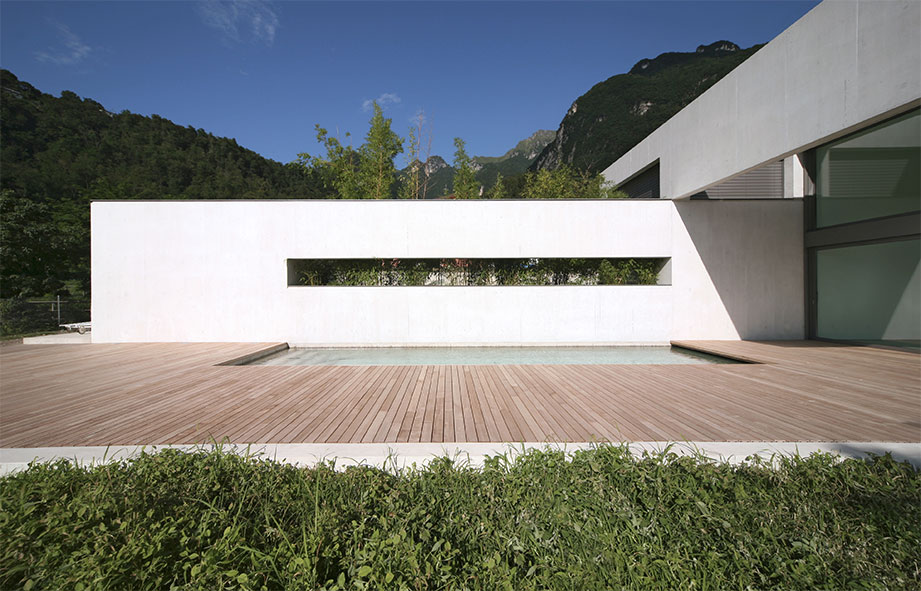Built Environment and Human Longevity
The built environment plays a pivotal role in supporting both physical and mental health, particularly as individuals age. Through the integration of green infrastructure and the design of ergonomic urban environments, architecture can foster activities that promote well-being.
Our research indicates that reducing specific environmental risks can lead to substantial improvements in health outcomes. Some scholars argue that aging should be classified as a disease. We believe that diseases, including aging, can be mitigated by minimizing risks. Consequently, our practice emphasizes the elimination of risks over the addition of new features.
Additionally, reducing boundaries—whether environmental or social—is essential. Design principles that enhance connectivity with nature, as well as those that promote age-friendly, socially inclusive environments, have a profound effect on health, well-being, and longevity.
By embedding these principles into architectural design, we believe that we can not only enhance immediate well-being but also support healthier, more fulfilling lives across the lifespan.

